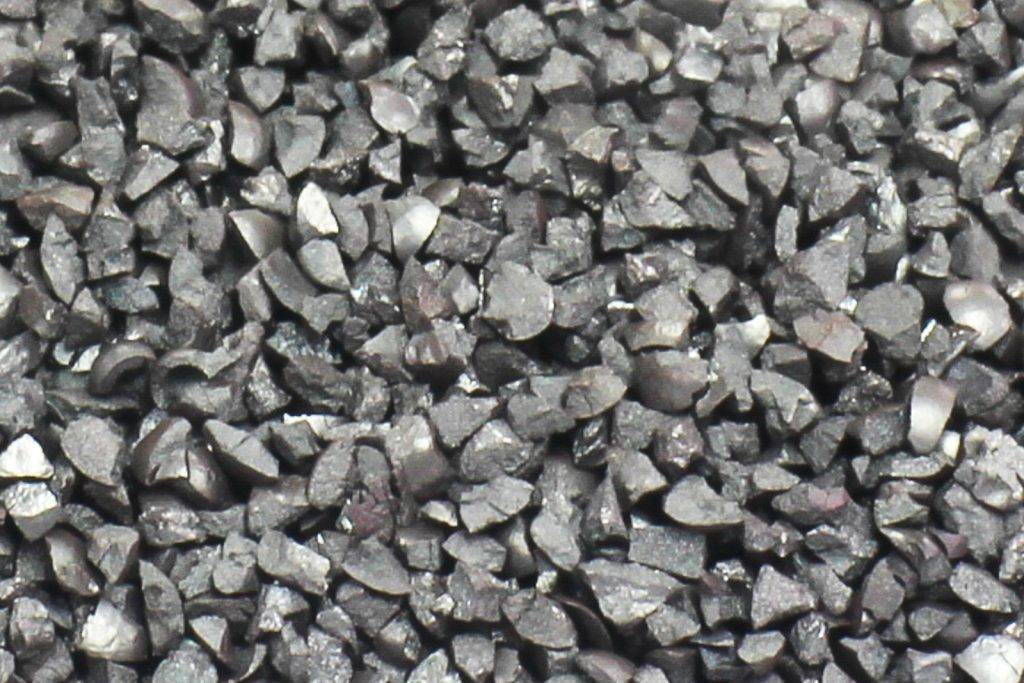A characteristic matter for surface cleaning in many different kinds various sectors, particularly construction and metal manufacturing, is abrasive grit. Typically, brittle substances including garnet, silicon carbide, sand, or aluminum oxide are used to make it. To get rid of unwelcome substances like rust, and paint, which is magnitude, or deterioration, abrasive grit is used to apply to a substrate using procedures that includes blasting, clenching, and or scraping.
The degree of hardness of the part of the surface to be disinfected by the intended polish, and what specific contaminants that need to be removed are some of the things to think about that are taken into account when determining various kinds of abrasive grit. Coarser grits are more suitable for heavy cleaning assignments, and smaller grits serve the purpose of smooth completion.
It’s important to take into account safety measures whilst implementing aggressive grit for surface cleaning, such as donning the proper personal protective equipment (PPE), such as goggles, gloves, and respiratory protection. In addition, it is essential to implement appropriate ventilation and containment protocols to mitigate the inhalation of dust and avert pollution to the environment. Abrasive grit makes for a versatile but effective dirt removal solution for a range of sectors, facilitating in the fast and effective rehabilitation of properties to their originally designed state.

Abrasive Grit
What is Abrasive Grit?
Abrasive grit refers to small, hard particles used to clean or polish surfaces by rubbing or grinding. Imagine sandpaper; the gritty surface removes material from the surface it’s rubbed against. Similarly, abrasive grit, often used in blasting processes, helps in cleaning tough surfaces by scraping off unwanted materials.
Types of Abrasive Grit
There are various types of abrasive grit, each suitable for different applications: –
- Silicon Carbide: Extremely hard and sharp, ideal for cutting and grinding.
- Aluminum Oxide: Durable and versatile, suitable for most cleaning tasks.
- Glass Beads: Less aggressive, perfect for polishing and finishing.
- Steel Grit: Tough and reusable, great for heavy-duty cleaning.
- Garnet: Environmentally friendly and effective for a range of surfaces.
Abrasive Grit Applications
Abrasive grit is employed to disinfect, deburr, and polish the edges of metal before welding, creating artwork, or coating. It assists in removing production, rust, and other contamination to improve the surface’s finish and commitment. Abrasive grit is necessary for surface cleaning and refinishing metal elements, such as components of engines, chassis, as well as body sections, in the making and upkeep of automobiles.
Steel shots ensure surfaces are ready to feed coating or repainting by making it easier to remove old paint, rust, and corrosion. Abrasive grit is used in construction to assist imperfections surfaces in order to enhance adherence of coverings or overlaying. Applications involve scrubbing brick and masonry, removing paint, which is and eliminating vandalism.
Common Applications
Abrasive grit is used in numerous industries and applications, such as:
- Automotive: Cleaning car parts and preparing surfaces for painting.
- Construction: Removing rust and old paint from metal structures.
- Marine: Cleaning boat hulls and removing barnacles.
- Woodworking: Stripping old paint or varnish from furniture.
- Manufacturing: Preparing surfaces for welding or bonding.
Abrasive Grit for Surface Cleaning Manufacturer
Abrasive grit cleansing can be more affordable than other techniques like chemical cleaning or mechanical scraping, in particular for substantial cleaning or preparation jobs. Surface cleaning abrasive grit is often a more sustainable solution because it doesn’t require the use of toxic substances. Certain abrasive materials can also be carefully disposed of or recycled. Through efficient removal of impurities and surface preparation for further processing or finishing, abrasive grit cleaning could prevent interruption in fields such as manufacturing and maintenance.
Safer alternatives, including contact with chemicals or hand scraping dangers, can be mitigated with properly handled coarse-grit cleaning procedures. Using abrasive grit, worn or damaged surfaces can be effectively restored by removing undesirable material layers and recovering to the original substrate state.
Abrasive Grit in India
For the cleaning and preparation of ship decks and various other water-based constructions, abrasive grit blasting is important. The removal of old coatings, oxidation, and aquatic organisms guarantees that structures can be prepared for treatment and upkeep.
Abrasive grit is essential for cleaning and restoring aircraft parts, such as landing equipment, and aircraft frames. and component parts for engines, in aerospace the production and operation. Without disturbing susceptible surfaces, it eliminates pollutants, paint, and rust effectively.
Microfiber grit is used in woodworking for scrubbing and getting the surface ready prior to finishing. It assists in creating wood for refinishing or the painting process, remove existing finishes what and remove surface imperfections.
Choosing the Right Abrasive Grit
Selecting the right abrasive grit involves considering several factors:
- Material of the Surface: Harder surfaces like metal might require tougher grits like steel.
- Type of Contaminant: Paint might need a different grit than rust.
- Desired Finish: For a smooth finish, finer grits like glass beads are preferable.
- Environmental Impact: Natural grits like garnet are better for eco-conscious projects.
